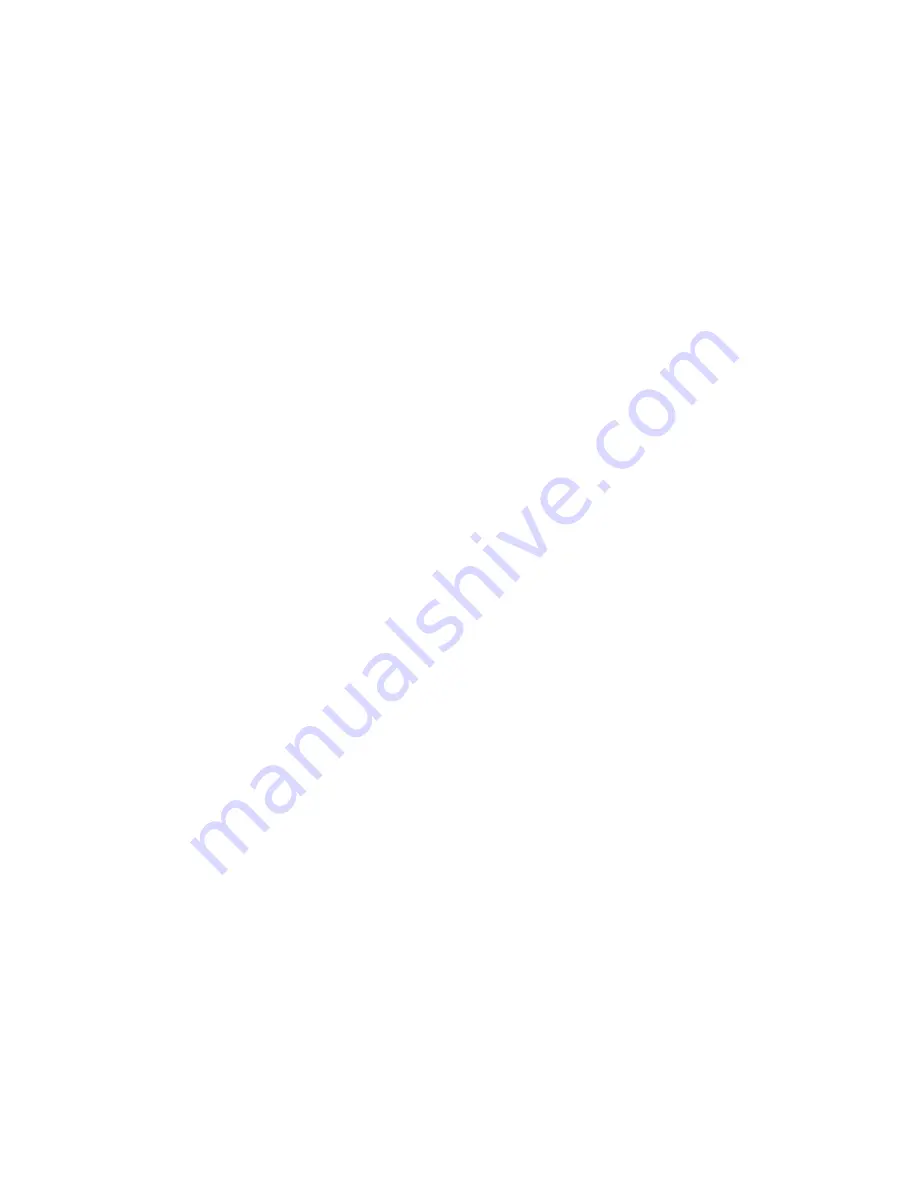
12
To edit a fixture group that has already been recorded, first select the group then press “record” and
proceed as described in the preceding paragraphs. Make any changes to the group then resave it.
If the “Solo” LED is lit when selecting a group, all of the fixtures in the group will move to center (pan
and tilt at 128 and the dimmer and shutter channels at full).
USING THE DATA WHEELS TO CONTROL FIXTURE CHANNELS
The data wheels are used to increment or decrement the values in the display fields directly above each
wheel. They are used for adjusting the channel values of the lighting fixtures as well as for general-purpose
programming. Pressing “fixture” or “fixture group” as described in the previous paragraphs will bring up
the channel control display if there are any fixtures currently selected. Even though you can only view and
change 4 channels at a time with the 4 wheels, you can access more channels by pressing the left or right
arrow switches. Pressing the left switch while the lowest channel number is displayed will show the selected
fixture number and its name. Because only one fixture’s values can be displayed at a time, the last selected
fixture is the one displayed when more than one fixture is active. If a “fixture group” is selected, the lowest
numbered fixture in the group is displayed.
NOTE:
When more that one fixture is selected, only the fixtures
of the same type
that match the fixture
in the display will be affected by the wheels. This assures that the display correctly matches the output.
Fixtures that are selected that don’t match the type in the display will not be changed. To select a new type
of fixture to edit with the wheels, toggle the fixture number off and then back on to update the display to
match that fixture. This does not apply to the flex faders when controlling moving light channels as
explained in the next section.
Show Designer 3 will display the channel names for most fixtures that are in the built in library. If a fixture
profile has been installed, some channels will also display the names of each step within the channel, like
colors and gobos. Use fixture profiles instead of the internal fixture list whenever possible to take full
advantage of this feature.
USING THE FLEX FADERS TO CONTROL FIXTURE CHANNELS
The upper left section of the top panel contains the flex faders. These faders can be used for three different
functions depending on your personal preference. You can change the function back and forth on these at
any time without loosing anything that you have previously programmed. Use the menu “Select Flex Fader
Mode” as explained in the previous chapter to configure the flex faders as fixture channel controls. You
can address up to 32 channels per fixture by using 4 pages of 8 faders. The page switch to the upper left of
the faders is used to select which page of 8 channels is currently active. For example the first fader can
control channels 1, 9, 17 or 25 depending on which page is selected. If a fixture has less than 32 channels
then some pages and some faders will not be used. Before the flex faders can control a fixture, that fixture
must be selected. Any number of fixtures can be controlled at once. If for example all fixtures are enabled,
moving fader 1 on page 1 will change channel 1 on every fixture.
If you are using the “multi fixture” feature of Show Designer 3, the channel faders can be used to control
each channel of every fixture within the multi fixture group. If for example you have programmed 8
fixtures having 4 channels each, faders 1-4 will control the first fixture of the multi fixture group, faders 5-8
the second and so on.
Содержание show designer 3
Страница 1: ...Software Revision 1 12...






























